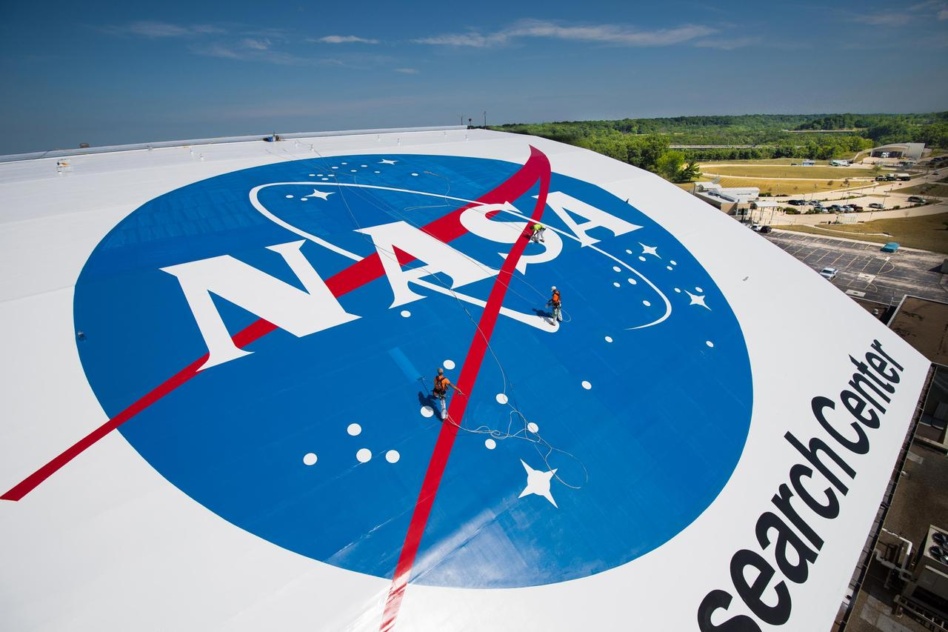If NASA’s 2025 SBIR and STTR solicitation themes are any indication, the US return to the Moon will rely heavily on small business’ tech, ranging from solar arrays to rovers to space suits.
The agency released a list this month of sectors where it will be looking to small businesses for technical solutions to the many problems that NASA will need to solve to travel further into the cosmos.
“The SBIR solicitation, in particular, is a perfect source for understanding what are the technical hurdles and challenges from aeronautics to heliophysics with all the human exploration needs and space technology in between,” NASA’s program executive of the SBIR/STTR program, Jason Kessler, told Payload.
Looking ahead: The list of Phase I SBIR and STTR solicitations for next year includes ~300 awards for everything from remote sensing technologies to nuclear propulsion, making it clear that the agency has set its sights firmly on supporting the US return to the Moon.
Some of the topics for next year include lunar solar arrays, autonomous space and lunar mobility systems, and advanced technology for space suits, life support systems, and in-space and lunar habitats.
This year, for the first time, NASA released these SBIR subtopics early and has spent the past month in hours-long “Ask Me Anything” sessions with industry to prepare small business teams to write their proposals.
Each year, NASA receives more than 1,500 proposals for the 300 awards, according to Kessler, and the agency hopes that outlining the details of each award before the solicitations open in January will make the entire system more efficient.
Though I walk… While 2024 was another successful year for the Phase I SBIR and STTR programs, funding nearly 250 companies for a total investment just shy of $45M, Kessler said the main success for the program was in building up the ecosystem to help more awardees stand on their own.
The SBIR/STTR team has spent the last few years trying to solve the “valley of death” problem—the technological and funding gap between stages of the SBIR progression—and 2024 offered a glimmer of hope for the future.
“Not only are we seeing the benefits of capital markets coming into play to support, we’re also seeing increased opportunity to collaborate across government to support and meet this growing and ever-expanding space sector,” Kessler said.
Light my fire: Part of the success of the SBIR program has come from its newly formed SBIR Ignite initiative, which partners with companies to increase the commercial applicability of their early-stage technology. The program already counts some successful space firms among its alumni, including Astrobotic, Benchmark Space Systems, and TransAstra.
“We’ve been the traditional end user of SBIR technology, and that’s a hard market. We don’t buy that many,” Kessler said. “[We’re] always looking to help firms find markets that are outside of the NASA use case and Ignite has given us a toe in the water of really understanding the ways we can meaningfully contribute to that commercial marketplace.”




